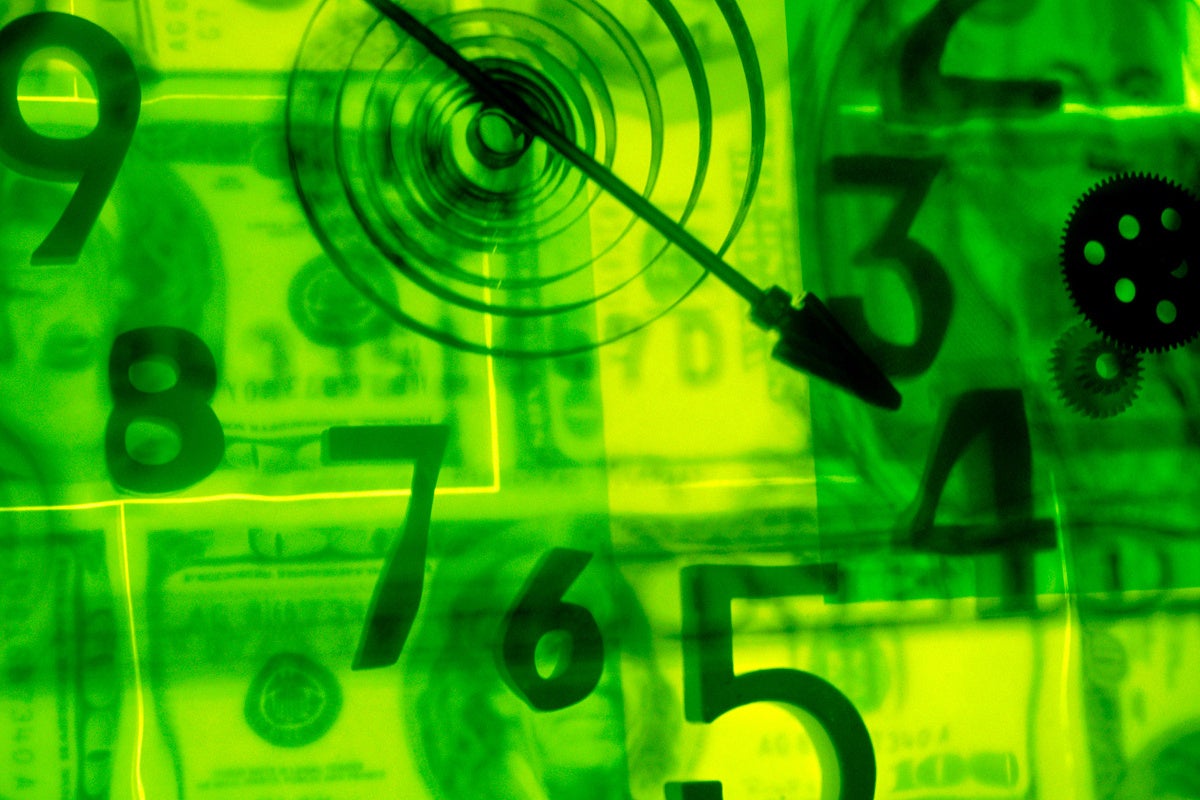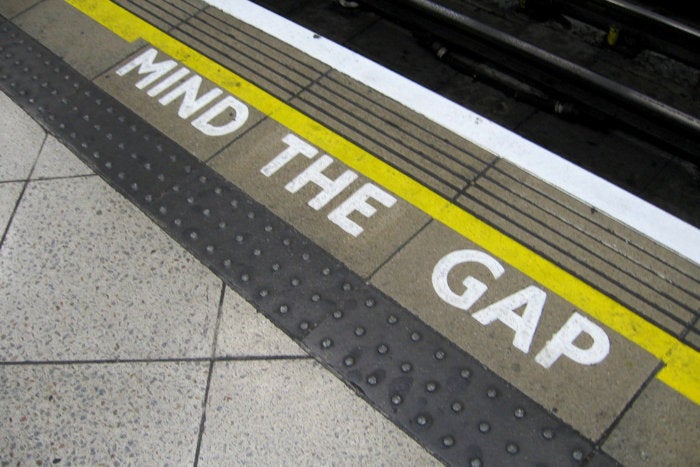How to visualize time series data
As time series data analysis becomes more essential in applications across sectors, so does visualizing time series data. The easier data is to access and the more shareable it is across teams, the more valuable it becomes. A single time series graph or dashboard, by providing a visual snapshot of change over time for a given set of parameters, can be worth several written reports.What we can learn from time series visualizations Visualizing time series data can help detect patterns, outliers that defy those patterns, whether the data is stationary or non-stationary, and whether there is correlation between the variables. For example, a time series line graph (also called a timeplot) displays values against time. It is similar to x-y graphs but displays only time on the x-axis. Time series graphs can take more complex forms that provide more context about the data.To read this article in full, please click here

As time series data analysis becomes more essential in applications across sectors, so does visualizing time series data. The easier data is to access and the more shareable it is across teams, the more valuable it becomes. A single time series graph or dashboard, by providing a visual snapshot of change over time for a given set of parameters, can be worth several written reports.
What we can learn from time series visualizations
Visualizing time series data can help detect patterns, outliers that defy those patterns, whether the data is stationary or non-stationary, and whether there is correlation between the variables. For example, a time series line graph (also called a timeplot) displays values against time. It is similar to x-y graphs but displays only time on the x-axis. Time series graphs can take more complex forms that provide more context about the data.





































